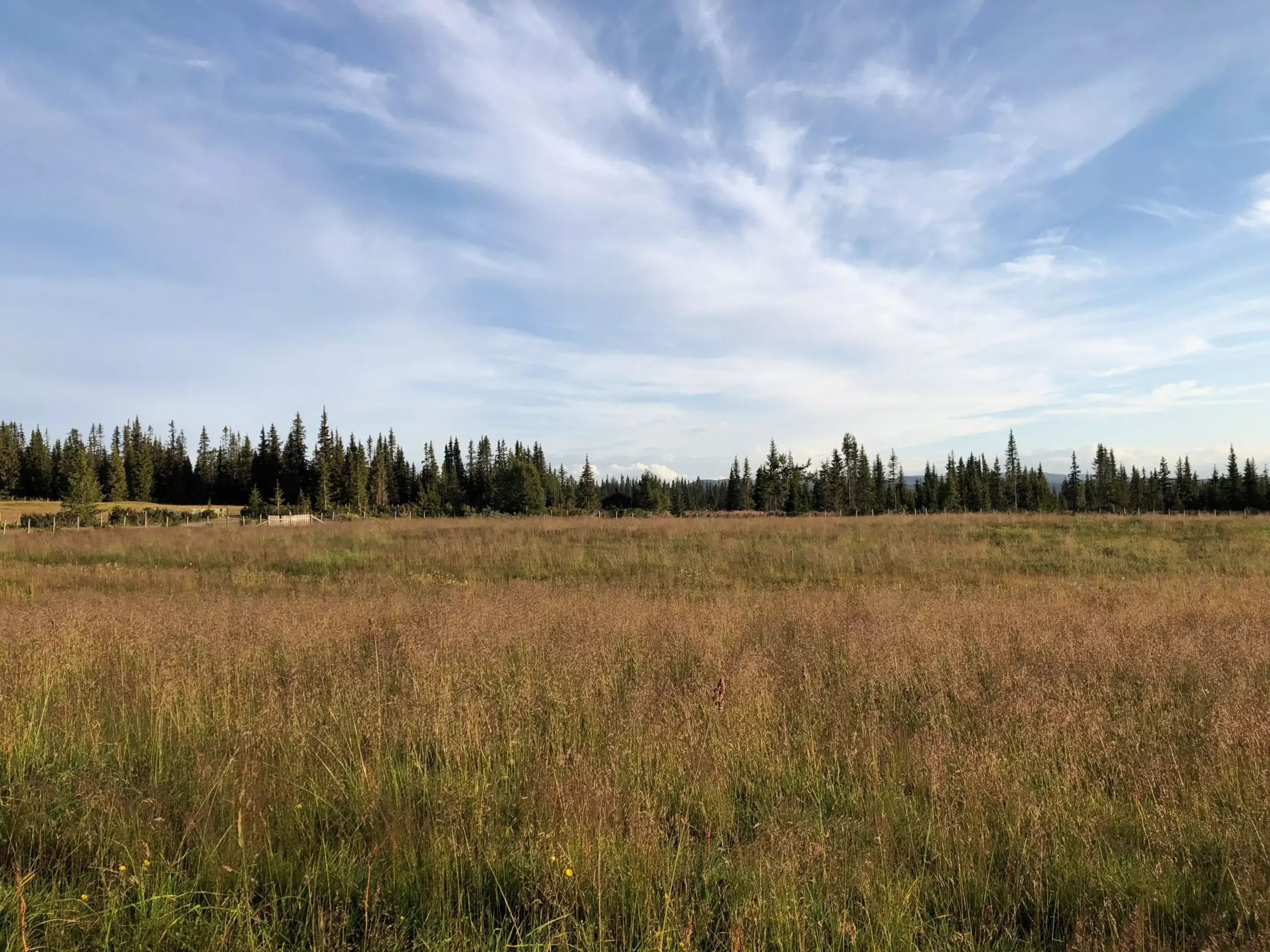The impact of climate change is increasingly evident, not only in weather patterns but also in the allocation of natural resources. A recent study from the University of Cambridge has shed light on a critical situation that may extend beyond the conventional understanding of food security: the impending competition between land for food production and timber resources, as climate shifts force both agriculture and forestry to adapt rapidly.
As temperatures rise and atypical weather patterns become more frequent, we witness an expansion of suitable land for various crops into regions previously thought unsuitable for agriculture. In countries like Britain, vineyards have begun to flourish in what were once considered marginal climates for grape cultivation. However, this seemingly positive turn of events comes with significant consequences for timber production. The study highlights that as agricultural zones shift northward, the land that could have supported forests essential for timber may be compromised. This phenomenon illustrates a redefining of landscapes that threatens the balance of our ecosystem.
Researchers predict that by the end of the century, over 320 million hectares of forestry land—an area equivalent to India—could change its suitability from forest to agriculture under worst-case climate scenarios. This suggests a profound reconfiguration of land use, where timber production may find itself squeezed and resources divided in ways that could jeopardize both ecosystems and economic stability.
Timber plays a foundational role in many aspects of modern society, serving as a primary resource for construction materials, paper, and household goods. Despite its significance, the challenge of meeting the growing demand for wood—expected to double by 2050—has often taken a backseat to food security. Climate change exacerbates this situation; as traditional forested areas become more vulnerable to droughts and wildfires, there is a growing urgency to secure sustainable timber sources.
Timber is not just any everyday material; it is a low-carbon alternative to concrete and steel, making it an essential component in addressing global carbon emissions. As the population worldwide continues to expand, the demand for both food and timber presents a complex dilemma, where depletion of one might significantly jeopardize the other. The study indicates that the competition for arable land and suitable timber-growing areas will require innovative thinking around resource management strategies.
In the face of these potential changes, there is an urgent need for long-term planning to ensure the continuity of both food and wood sources. Dr. Oscar Morton emphasized that timber presents a unique challenge: while crops can be replanted annually, trees require decades to mature, and the trees that will be logged by the century’s end must be planted now. This foresight is critical; otherwise, society may find itself in a precarious situation devoid of necessary wood resources.
Moreover, the environmental impact of shifting timber production to remaining primary forests in tropical or boreal regions is stark. These forests not only serve as critical habitats for biodiversity but are also essential for combating climate change. The loss of these forests to logging in favor of agriculture contradicts ongoing global efforts to preserve the most critical and untouched ecosystems on Earth.
As our planet faces unprecedented challenges from climate change, addressing the dual crises of food and wood production requires innovative solutions. Policymakers, business leaders, and environmentalists must collaborate to create comprehensive resource management strategies that prioritize sustainability over short-term gains. Initiatives like agroforestry, where crops and trees are grown in concert, could allow for a balanced approach to land use, maximizing the productivity and health of both agricultural and forestry systems.
Additionally, investment in new technologies and practices, such as precision agriculture and improved pest management, might mitigate some of the pressures exacerbated by climate change. For example, targeted pest control tactics can help protect timber resources from pests like the Bark Beetle, which have seen increased activity due to warmer temperatures.
A Call to Action
Ultimately, tackling the competing demands of food growth and timber production in the context of climate change must involve a collective commitment to sustainable practices. While food security receives considerable focus, it is imperative to recognize that the supply of timber is equally crucial. Innovative resource management strategies that encompass both sectors will serve as the backbone of resilience in the face of climate adversities. As we move forward, the lessons learned from this study must empower us to take immediate, concerted action to safeguard our planet’s future, ensuring that both food and wood remain plentiful for generations to come.


Leave a Reply